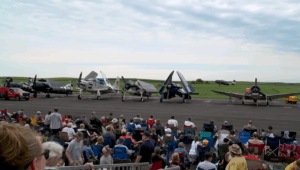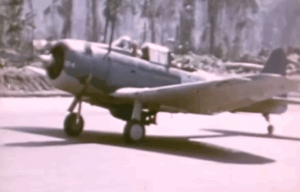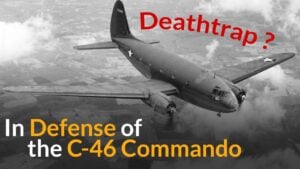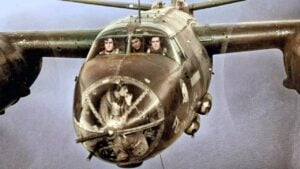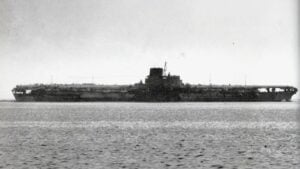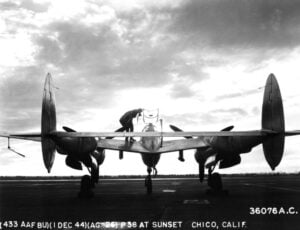How a Bold, “Reckless” Tactic Wiped Out the Luftwaffe in Record Time
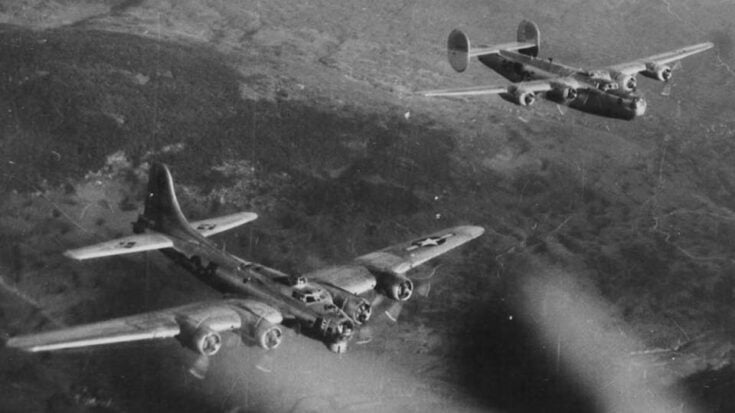
USAAF, Public domain, via Wikimedia Commons
By late 1943, American air commanders faced a crisis that threatened the future of the strategic bombing campaign. Early doctrine had claimed that heavily armed bombers could protect themselves by flying in tight groups and using overlapping defensive gunfire. Combat proved otherwise. German fighter units adapted quickly, used coordinated tactics, and inflicted losses that could not be sustained. The Allied bombing plan needed more than small adjustments. It required a full change in how the air war was fought.
The Crisis in the Air
American bombers such as the B-17 and B-24 entered the campaign with confidence. Design teams believed their defensive turrets and formation patterns would be enough to hold off attacks. In practice, German pilots focused their attacks on weak angles, especially from head-on, where the bombers had fewer guns. Once they disrupted formation spacing, more fighters and anti-aircraft fire struck the scattered groups.
The 1943 missions to Schweinfurt showed how severe the problem had become. German forces defending vital ball-bearing factories concentrated their effort at key points along the route. Sixty bombers were shot down during the second mission alone, and hundreds of crewmen were lost. After this, the Eighth Air Force stopped deep strikes into central Germany. The belief that bombers could defend themselves was no longer accepted.
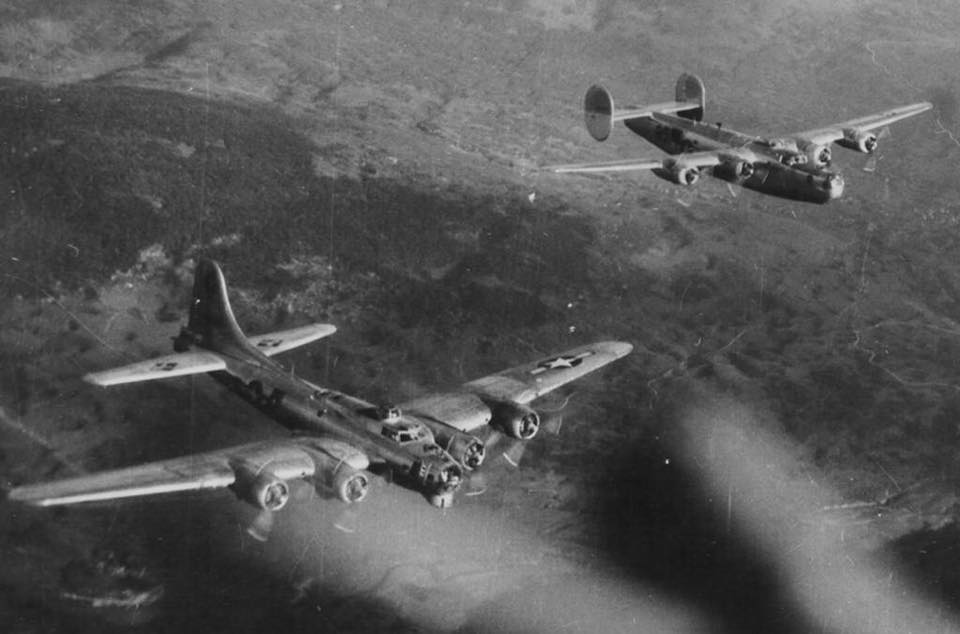
A System Under Pressure
German pilots, though reduced in number since earlier campaigns, still carried significant experience. Their system of radar control, ground direction, and well-placed airfields allowed them to intercept bombers with efficiency. Commanders believed they could continue wearing down American formations until the offensive collapsed entirely.
Among American crews, morale fell sharply. Losses close to ten percent per mission meant that finishing a full tour had become unlikely. Crews understood that without long-range escort, deep missions were almost certain to end in destruction. Attempts to extend the range of existing fighters helped only a little. The P-47 Thunderbolt lacked the reach for the deepest targets, while the P-38 Lightning struggled during winter operations. Rotating escort coverage from different bases left dangerous gaps.
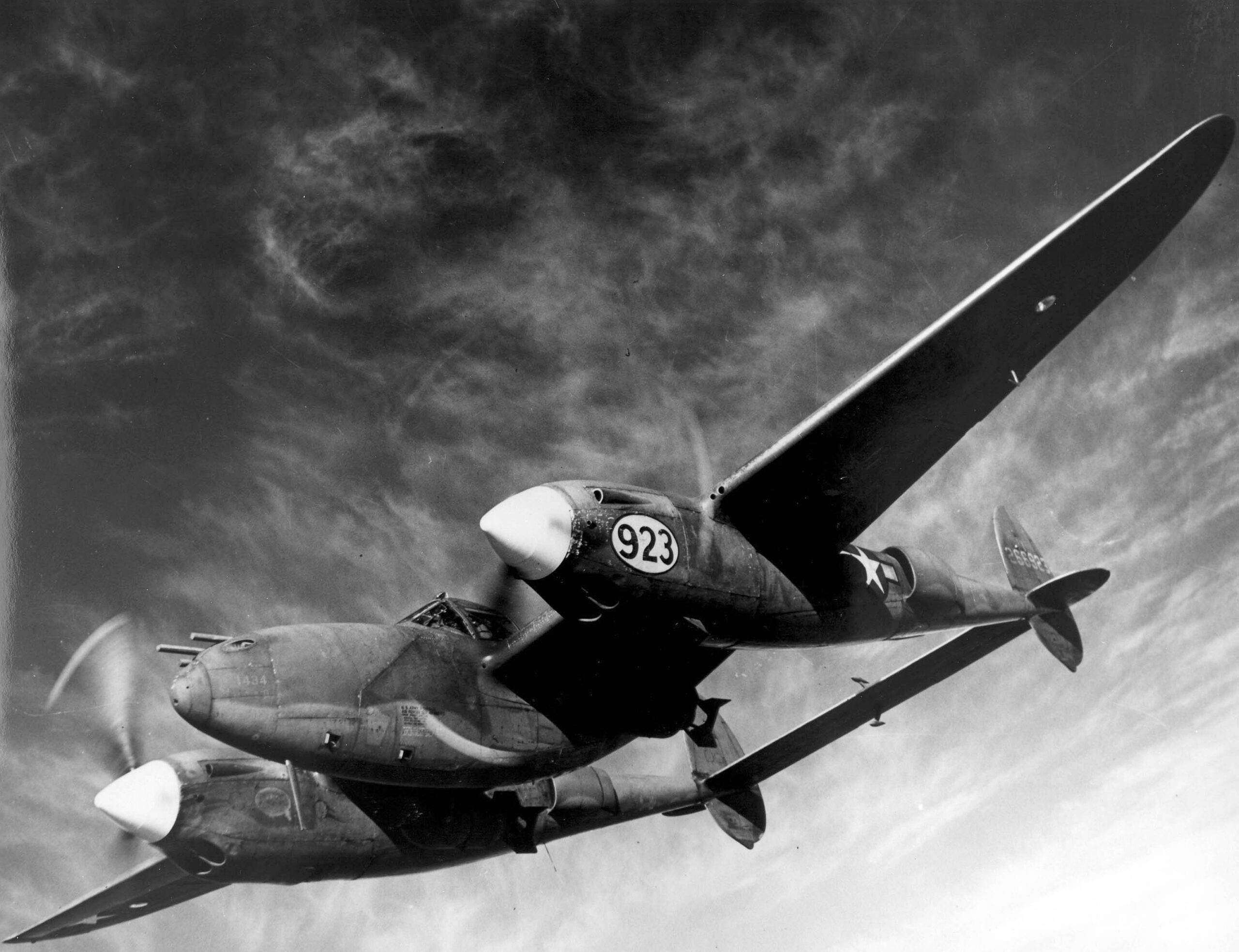
A New Requirement
By late 1943, the need for a new kind of escort was clear. The United States needed an aircraft that could stay with the bombers all the way to the farthest targets, fight aggressively, and still return with fuel in reserve. The P-51 Mustang, fitted with the Merlin engine, had the speed, altitude performance, and endurance to meet these demands. But the aircraft alone could not change the wider situation. Command decisions would shape how the Mustang was used.
When Major General James Doolittle took command of the Eighth Air Force in January 1944, he found a system that relied on caution. Escorts were ordered to stay close to the formations, circling them and limiting their ability to engage German fighters early. This approach protected bombers for short periods but allowed German units to choose the timing and direction of their attacks.
Shifting the Air War
Doolittle believed that the existing method placed the initiative entirely in German hands. German fighters did not need to destroy every bomber. They only needed to continue inflicting losses at a level the Eighth Air Force could not replace. Meanwhile, German factories, though damaged at times, continued to produce aircraft at high rates. The one thing Germany could not replace quickly was skilled pilots.
Doolittle decided that American fighters would no longer stay tied to the bomber stream. Instead, they would be sent ahead to engage German fighters before attacks formed. The goal became control of the air, not close protection. This shift risked leaving bombers looking exposed, but the long-term objective was to weaken the German fighter system itself.

The Mustang Takes the Lead
The new doctrine matched the strengths of the P-51. Mustang units could stay with the bombers deep into German airspace, then leave the formations to strike German fighters directly. Communication improved, engagement tactics became more coordinated, and American pilots gained confidence that they could challenge opponents on equal terms.
The effect appeared quickly. German units that once attacked organized formations now found themselves under pressure before they could assemble. American fighters struck not only during the approach but during withdrawal and landing. German pilots were forced into constant defensive action, which increased fuel use and reduced their ability to choose engagement timing.
Big Week and Its Effects
In February 1944, Doolittle approved Operation Argument, known later as Big Week. The plan targeted factories producing major fighter types and the engines that powered them. The objective was not only to damage facilities but to force German fighters to rise and defend them repeatedly.
American bombers attacked production centers while Mustang units hunted interceptors in the surrounding airspace. German fighters continued to launch counterattacks, but every sortie carried the risk of losing an experienced pilot. Losses that had once been absorbable now strained the training system. Fuel shortages reduced flight hours for trainees, and new pilots entered combat with minimal preparation.
A Declining Opponent
As months passed, German units showed clear signs of strain. Radar and ground controllers remained effective, but the experience level within the fighter corps fell steadily. Skilled pilots still flew, but many formations now contained newcomers with little combat time. Engagements that had once been evenly matched became increasingly one-sided.
By spring 1944, American crews noted that German attacks were less coordinated than before. Formations arrived in smaller groups, responded slowly, and often broke away early. The psychological balance also shifted. American pilots recognized that they held initiative, while German pilots increasingly focused on survival.
Wider Consequences
The collapse of German air strength affected every level of the war. Without reliable fighter cover, supply routes, rail lines, and troop movements became vulnerable to constant attack. Fighter-bombers struck bridges, train yards, and vehicle columns with growing frequency. The ability to shift units between fronts declined sharply.
As the Allies prepared for the Normandy landings, air superiority became a necessary condition. The reduction of German fighter strength ensured that armored reserves could not reach the beaches in large numbers. When the landings began, only small German air units appeared overhead, and they did not carry the influence once expected.
The Shift to Dominance
Throughout 1944, German factories continued producing aircraft, but the real limitation was the loss of pilots who could fly them effectively. The training system could not replace veterans at the required pace. By late 1944, American and British air forces operated with wide freedom over Western Europe. Germany still flew fighters, but the system supporting their use had eroded.
Doolittle’s decision to use American fighters offensively, combined with the capability of the P-51, changed the character of the air war. Protection alone had failed to reduce losses. Direct engagement removed the force that threatened the bomber campaign. The long-range escort fighter became the tool that shifted the air war from uncertainty to control, and its impact continued shaping events through the final phase of the conflict.













